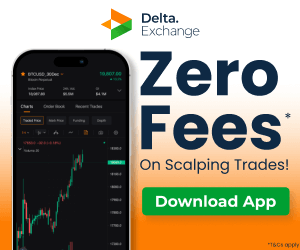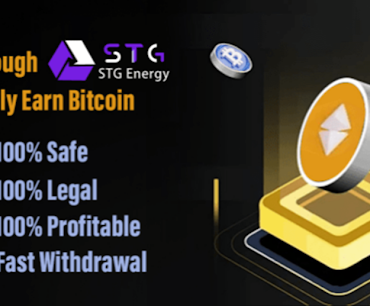The metaverse merges physical reality with immersive virtual spaces, forming a 3D internet where users explore, socialise, and trade. Unlike traditional platforms, it spans interconnected worlds, blending augmented reality, gaming, and blockchain.
Users navigate as avatars, attend events, and invest in digital assets, reshaping how society interacts online. Decentraland exemplifies this vision, offering Ethereum-based virtual land sales and live experiences. Cryptocurrencies now underpin economies within these realms, transforming pixels into profit.
1. MANA
Decentraland’s MANA token powers its decentralised universe, enabling users to purchase virtual land, art, and services. Additionally, MANA holders govern platform upgrades through a DAO, voting on policies and auctions.
High-profile land sales exceeding $1 million highlight its speculative appeal. Meanwhile, creators monetise galleries, games, and venues, fostering a thriving digital economy. By incentivising ownership and participation, MANA cements itself as a pillar of user-driven virtual worlds.
2. SAND
The Sandbox leverages its SAND token to fuel gaming, content creation, and real estate. Users buy LAND parcels, design games with VoxEdit, and stake tokens for rewards.
Notably, brands like Adidas and Gucci acquired plots to host virtual events, blending commerce with entertainment. Players trade assets in a bustling marketplace, turning creativity into cryptocurrency. SAND’s versatility positions it as a linchpin for Metaverse innovation, connecting developers, gamers, and investors.
3. AXS
Axie Infinity’s AXS token revolutionised gaming by merging NFTs with play-to-earn mechanics. Players breed, battle, and trade Axie pets, earning real income through SLP rewards and AXS governance rights.
This model gained traction in developing nations, offering financial opportunities beyond traditional economies. Moreover, asset ownership breaks free from closed ecosystems, letting users monetise progress. Axie’s success underscores gaming’s role in expanding the Metaverse’s economic reach.
Also Read –
The Metaverse’s Hottest Commodity
Virtual land sales surged as investors bet on Metaverse growth. Platforms like Decentraland and The Sandbox auction prime locations, often attracting millions in MANA or SAND. Purchasers develop properties into venues, stores, or ad spaces, capitalising on user traffic. However, critics warn of volatility, comparing it to early dot-com speculation. Despite risks, digital real estate redefines property value, prioritising digital foot traffic over physical location.
Challenges and Future Outlook for Metaverse Tokens
While MANA, SAND, and AXS lead the charge, hurdles like VR accessibility and regulatory uncertainty persist. Scalability issues and energy consumption also challenge blockchain-based worlds. Nevertheless, tech advancements and corporate adoption hint at long-term potential.
For instance, Meta and Microsoft explore Metaverse integrations, signalling mainstream acceptance. Ultimately, these tokens could shape a decentralised digital future but their success hinges on user engagement and innovation.
The Metaverse Economy Is Just Beginning
Crypto tokens now form the backbone of virtual worlds, gaming ecosystems, and digital real estate markets. MANA, SAND, and AXS exemplify how blockchain unlocks ownership, creativity, and governance in immersive spaces.
Still, risks remind investors of the sector’s infancy. As technology evolves, the line between physical and digital will blur further. Will the metaverse become humanity’s next frontier, or is it a speculative bubble? Time and tokens will tell.
Written By Fazal Ul Vahab C H




